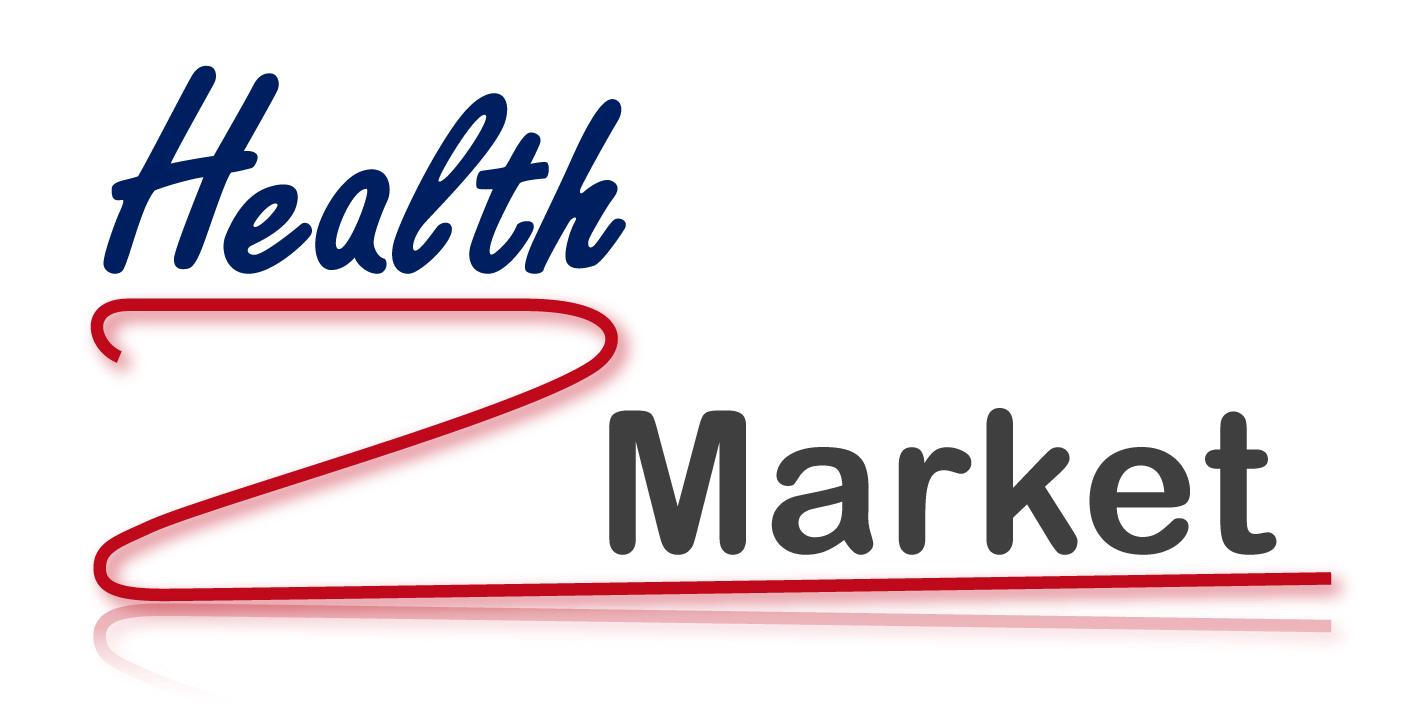Creating a Product for the Health Market


“Natural” and “organic” are greenwashed
Many products use synthetic and organic ingredients yet market themselves as being natural and organic. Consumers are getting smarter and “chemical free” is becoming a red flag!
Everyone understands that plants, minerals and even the reactions inside our bodies are chemical. So even organic products are made up of chemicals. “Free of harmful chemicals” would be more accurate but wouldn’t role off the tongue the same way.
As more and more products enter the green space, consumers are now more empowered than ever to shop for the products that truly align with their values.
Consumers are becoming aware and acting out against greenwashing. Greenwashing is when a company or organization spends more time and money claiming to be “green” through advertising and marketing than actually implementing business practices that minimize environmental impact.
Being authentic, original and a true fan of the product will get you much further than catering to the market as a whole. Defining exactly who your product is for and what its key benefits are will make it much easier moving forward, especially when you need to explain to distributors, stores and consumers why they need to try your product.
Packaging
Packaging is also crucial as it’s your product’s most immediate and visible marketing device. Packaging is more than just a logo and a pretty picture on the box; it is the public face of your product, and it needs to be handled with careful and deliberate consideration.
Ingredients
Just because something is all natural does not necessarily make it safe. There are many natural toxins, Since consumers continue to become more educated they have also began to catch on to marketing that makes a product seem more healthy then they really are.
Coloring
Food dyes are one of the most widely used and dangerous additives. While the European Union has recently placed regulations on labeling food dyes to inform consumers of the health risks, the United States has no such requirement.
Here are some of the most common food dyes used today, according to the Food Freedom Network:
- Blue #1 (Brilliant Blue)
An unpublished study suggested the possibility that Blue 1 caused kidney tumors in mice.What it’s in: Baked goods, beverages, desert powders, candies, cereal, drugs, and other products.
- Blue #2 (Indigo Carmine)
Causes a statistically significant incidence of tumors, particularly brain gliomas, in male rats. What it’s in: Colored beverages, candies, pet food, & other food and drugs.
- Citrus Red #2
It’s toxic to rodents at modest levels and caused tumors of the urinary bladder and possibly other organs. What it’s in: Skins of Florida oranges.
- Green #3 (Fast Green)
Caused significant increases in bladder and testes tumors in male rats. What it’s in: Drugs, personal care products, cosmetic products except in eye area, candies, beverages, ice cream, sorbet, ingested drugs, lipsticks, and externally applied cosmetics.
- Red #3 (Erythrosine)
Recognized in 1990 by the FDA as a thyroid carcinogen in animals and is banned in cosmetics and externally applied drugs. What it’s in: Sausage casings, oral medication, maraschino cherries, baked goods, and candies.
- Red #40 (Allura Red)
This is the most-widely used and consumed dye. It may accelerate the appearance of immune system tumors in mice. It also causes hypersensitivity (allergy-like) reactions in some consumers and might trigger hyperactivity in children. What it’s in: Beverages, bakery goods, dessert powders, candies, cereals, foods, drugs, and cosmetics.
- Yellow #5 (Tartrazine)
Yellow 5 causes sometimes-severe hypersensitivity reactions and might trigger hyperactivity and other behavioral effects in children. What it’s in: Pet foods, numerous bakery goods, beverages, dessert powders, candies, cereals, gelatin desserts, and many other foods, as well as pharmaceuticals and cosmetics.
- Yellow #6 (Sunset Yellow)
Caused adrenal tumors in animals and occasionally causes severe hypersensitivity reactions. What it’s in: Color bakery goods, cereals, beverages, dessert powders, candies, gelatin deserts, sausage, cosmetics, and drugs.




Recent Comments